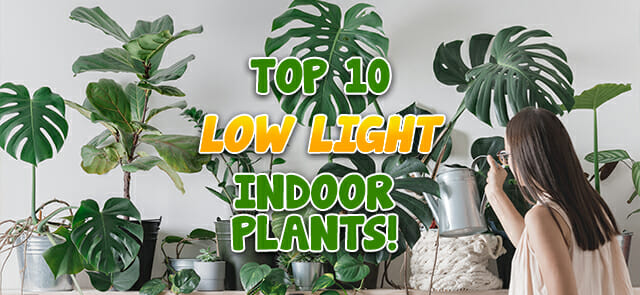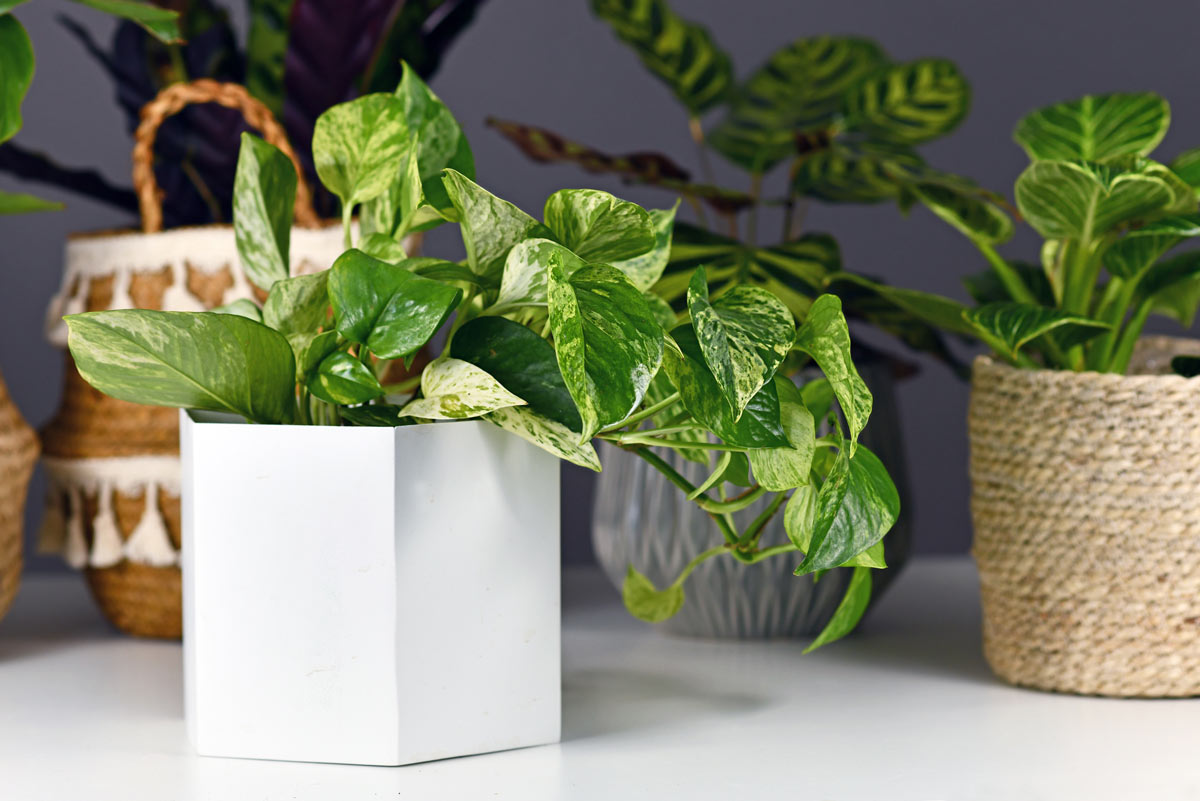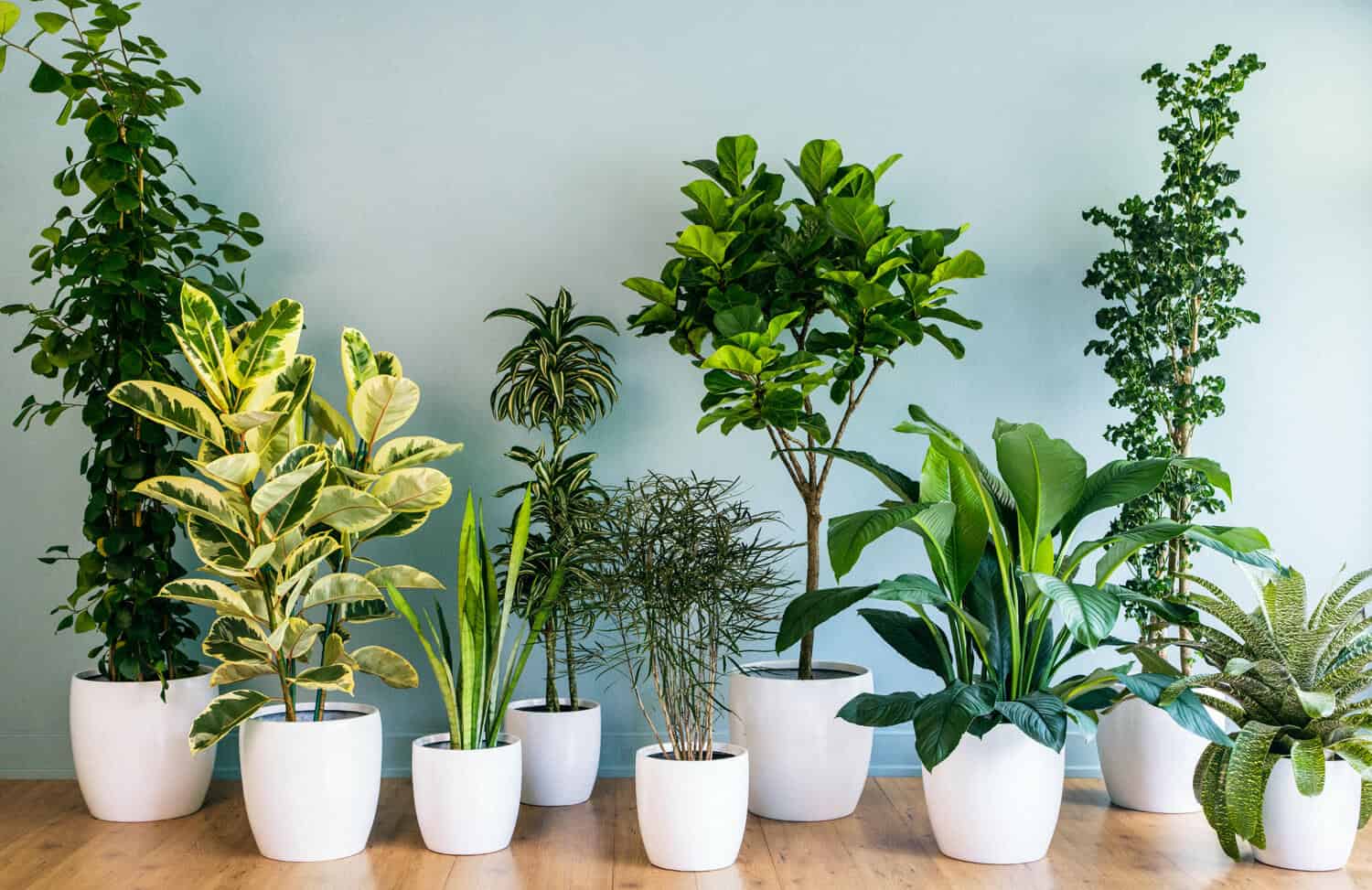How to Choose the Best Low-Light Indoor Plants for Your Interior Design Needs
How to Choose the Best Low-Light Indoor Plants for Your Interior Design Needs
Blog Article
Transform Your Home With Beautiful Low-Light Indoor Plants and Their Benefits
Including low-light indoor plants into your home can significantly enhance both the visual and ecological high quality of your home. These plants, which thrive in dim problems, offer not only as attractive components however additionally as all-natural air cleansers, making them suitable for urban residents or those with limited sunlight direct exposure. As we discover the different sorts of low-light plants and their advantages, you may find unexpected means to integrate them into your home that can change your environments in methods you might not have actually prepared for.
Benefits of Low-Light Plants
Low-light plants use numerous benefits for indoor atmospheres, making them an outstanding option for both novice and knowledgeable garden enthusiasts. Among the key advantages is their versatility to low-light problems, enabling individuals to enhance their space without the requirement for comprehensive sunlight direct exposure. This characteristic makes them perfect for houses, offices, and various other areas with minimal natural light.

Additionally, incorporating low-light plants into home decoration can boost the aesthetic allure of a room. Their lavish vegetation and differed appearances develop a calming environment, contributing to overall health. The existence of greenery has actually been linked to reduced stress levels and boosted efficiency, making low-light plants a practical option for enhancing both mental and physical health and wellness in interior settings.
Leading Low-Light Indoor Plants
While several indoor plants grow in brilliant light, a number of types are especially well-suited for low-light conditions, making them suitable for different indoor rooms. One popular option is the Snake Plant (Sansevieria), recognized for its striking upright fallen leaves and resilience, needing minimal treatment. An additional superb alternative is the Pothos (Epipremnum aureum), which includes heart-shaped fallen leaves and can route perfectly from shelves or wall mounts, flourishing in reduced light and including a rich touch.
The ZZ Plant (Zamioculcas zamiifolia) is celebrated for its shiny fallen leaves and ability to stand up to forget, making it ideal for busy lifestyles. In a similar way, the Peace Lily (Spathiphyllum) not just endures reduced light yet likewise creates stunning white blooms, improving any room's aesthetic.
For an one-of-a-kind touch, consider the Cast Iron Plant (Aspidistra elatior), which indeed lives up to its name, thriving in the darkest corners of your home. The Chinese Evergreen (Aglaonema) uses a variety of fallen leave patterns and shades while being remarkably flexible in low-light conditions. These plants not just beautify interior environments but also add to air purification, improving your space.
Care Tips for Low-Light Plants

Sprinkling techniques are important; these plants typically prefer a little completely dry conditions. Overwatering can lead to root rot, so ensure that the top inch of soil is completely dry prior to sprinkling once again. Use pots with water drainage openings to enable excess dampness to get away.
Humidity is another essential aspect. Many low-light plants, such as brushes and tranquility lilies, gain from greater humidity levels. To raise humidity, think about misting the leaves or placing a tray of water near the plants.
Fertilization should be come close to with caution. During the expanding period, use a thinned down, balanced fluid fertilizer every month to sustain development, but prevent fertilizing during the inactive wintertime months.

Imaginative Ways to Present Plants
Interior plants can work as captivating prime focus in any space, enhancing both visual appeal and ambiance. Creative displays can boost the aesthetic effect of low-light plants, making them an integral part of your home decor. One effective technique is to utilize tiered plant stands, which permit you to display numerous plants at differing heights while optimizing floor space.
Hanging planters are an additional cutting-edge alternative, like it developing a sense of deepness and drawing the eye up. Take into consideration macramé hangers or wall-mounted racks to present an one-of-a-kind structure and design.
For a more organized method, use geometric terrariums or glass containers to house your plants, including a contemporary touch to your indoor garden. You can likewise repurpose classic items, such as teacups or wood dog crates, for an eclectic display screen that reflects your character.
Enhancing Home Ambiance With Plants
Integrating low-light plants into your home not only boosts aesthetic appeal however also contributes considerably to the overall ambiance. These plants work as all-natural decoration aspects, introducing a sense of peace that can change any kind of area. The visibility of plant fosters a calming atmosphere, which is especially valuable in high-stress atmospheres such as office or living areas.
Low-light plants, such as snake plants, pothos, and ZZ plants, are not only visually pleasing but likewise boost interior air high quality by filtering pollutants. This double function boosts the setting better, developing a healthier living room (Best low-light indoor plants). The critical placement of these plants can also influence the perception of area; as an example, high plants can draw the eye upward, making ceilings appear greater and areas much more sizable
Additionally, varying structures and shades of vegetation add deepness to interior design, allowing for imaginative expression in home styling. Whether put on shelves, in corners, or as focal points, low-light plants can raise the mood of any room. In recap, integrating these plants into your home is a reliable means to foster a warm, inviting ambience while gaining the advantages of improved air high quality and visual flexibility.
Conclusion
Including low-light interior plants into home atmospheres offers countless benefits, consisting of improved visual charm and enhanced air quality. These resilient plants, such as the Serpent Plant and additional info Tranquility Lily, need very little light and upkeep, making them ideal for diverse way of livings.
While numerous indoor plants prosper in brilliant light, numerous species are especially well-suited for low-light conditions, making them perfect for different interior rooms. One effective method is to utilize tiered plant stands, which allow you to display numerous plants at differing heights while making best use of floor space.
Low-light plants, such as serpent plants, pothos, and ZZ plants, are not just visually pleasing however also find more information improve interior air top quality by filtering system toxins. Best low-light indoor plants. The strategic positioning of these plants can additionally affect the perception of space; for circumstances, high plants can attract the eye up, making ceilings appear greater and spaces a lot more roomy
These resilient plants, such as the Serpent Plant and Tranquility Lily, require very little light and upkeep, making them ideal for varied lifestyles.
Report this page